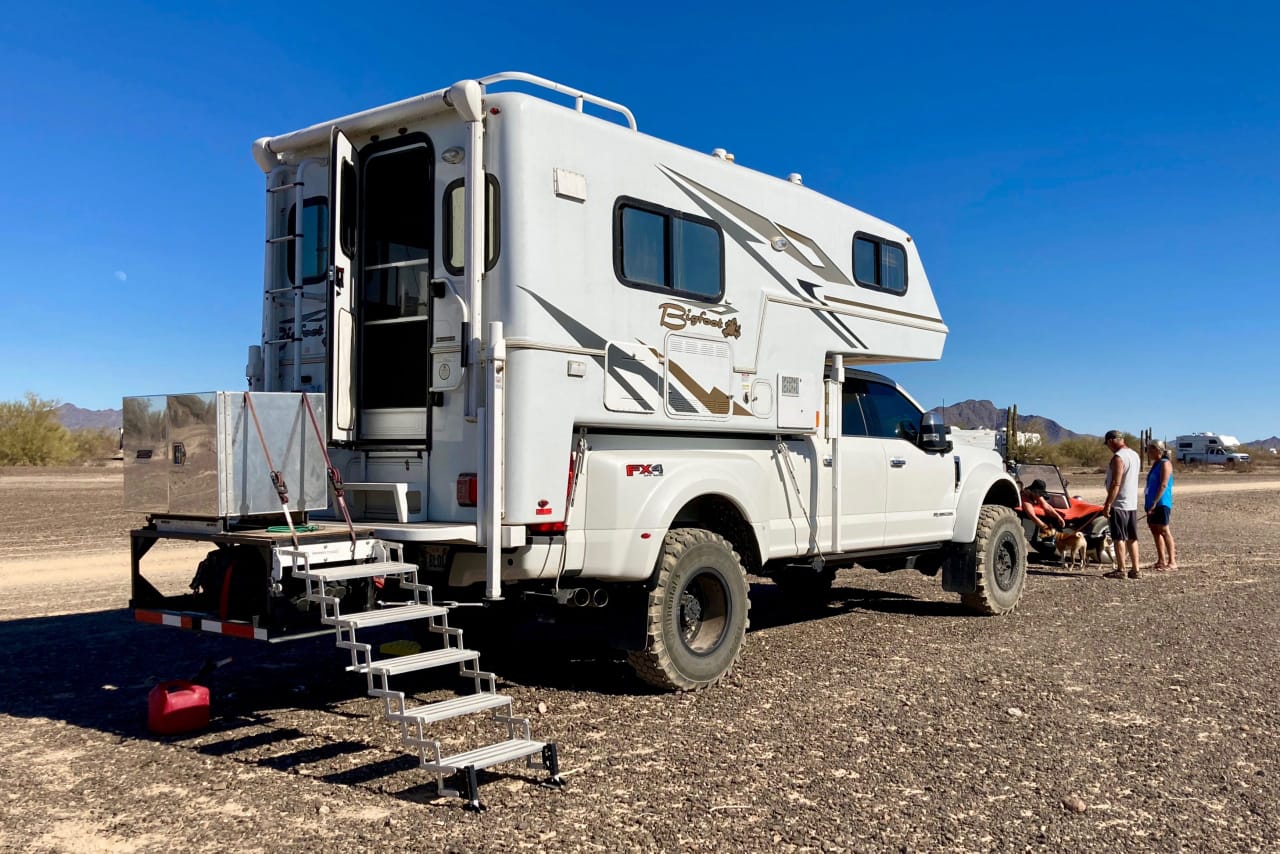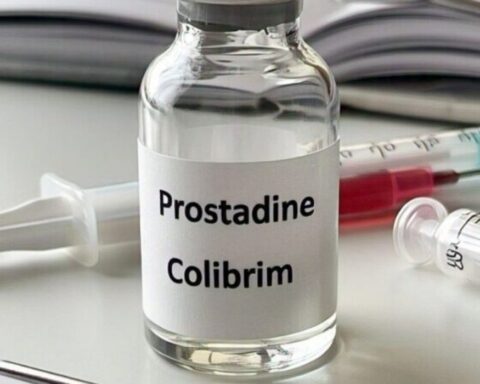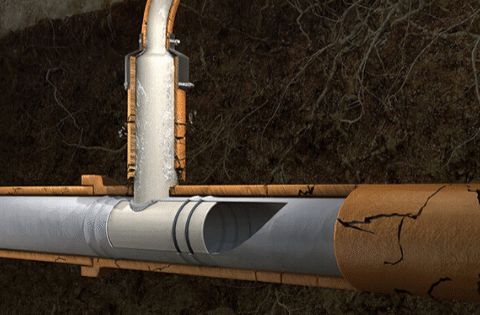Ask a group of experienced overlanders, and you will observe that the most passionate discussion would be around the ideal adventure rig. Many of them will agree upon the same answer that a flatbed camper offers flexibility that you’ll appreciate. If you’re chasing trout in Montana or finding solitude in the Utah desert, it will comfort you with a homey touch while also providing ample storage. So, let’s discuss further what makes this flatbed camper better than a standard truck bed setup.
What Is a Flatbed Camper?
So, how does a flatbed sit? A flatbed fits perfectly on the open truck bed and is usually made of aluminum rather than a standard pickup bed. Without wheel wells or sidewalls, it provides more space, allowing full-width storage lockers, a simpler interior, and even an indoor shower or dinette if you want to upgrade your off-grid comfort.
Types of Flatbed Campers
Each type presents something different, and therefore, select one that best suits your travel needs.
- Pop-Up Flatbed Campers: These designs have been popular with single users and couples who want a low-profile on the road but with more interior space in the camp. Some of the reputable brands offer pop-tops that barely raise your truck’s center of gravity but give you headroom and fresh air on arrival.
- Hard-Side Slide-On Campers: They are designed for extended stays; these completely enclosed units often include beds, cabinets, even cassette toilets, and dinettes. With no wheel wells to dodge, you get more genuine living space than a traditional slide-in.
- Truck Tent Campers: Don’t overlook a truck tent camper if you’re testing the waters. These offer flexible, lightweight shelter and can be fitted to most aluminum flatbeds quickly for budget builds or spontaneous road trips.
Why Choose a Flatbed Camper Over a Regular Truck Bed Setup?
The big win is usable space. When you replace your factory bed with a flatbed in your truck, it means that you not only get to do away with those exasperating wheel wells, but also to open up the sleeping quarters, underbody gear boxes, and room to add custom tanks or recovery gear.
Travelers also love the practicality: more accessible storage, the ability to drop the camper and use the truck solo, and freedom to load boats, bikes, or even pull a small trailer for extra gear. Much like the owners of the Phoenix L2 or Bundutec Odyssey rigs, you may find the floor space and comfort alone worth the leap, even when you’re swapping out a beloved old hardside model.
Key Features to Look for in a Flatbed Camper
These key features turn a basic setup into a reliable home on wheels.
- Material Quality: Prioritize aluminum flatbeds for unbeatable strength-to-weight ratio and long-term corrosion resistance, especially if you see salt, mud, or winter use.
- Storage & Customization: Prefer layouts that have secure outside storage, full-width lockers, or modular cabinets. The more you customize the camper to your needs, the less you’ll worry about your setup on a rainy day.
- Weatherproofing: Ensure every entry point is built for multi-season use, including insulated double-pane windows, watertight doors, and a durable roof.
- Power Systems: Solar-ready roofs, efficient battery banks, and well-placed USB or 12V outlets help you stay self-sufficient on longer trips.
- Interior Comfort: Look for smart seating, removable tables, cassette toilets (if desired), and ventilation options that keep camp life practical and pleasant.
Setting Up and Using Your Flatbed Camper
Setting up a truck tent camper on a flatbed usually takes under 30 minutes once you know the drill. Pop-up and hard-wall campers often involve just anchoring at four points and plugging into auxiliary power. Owners note that it’s wise to map out your storage so essentials (coffee, tools, first-aid) are accessible even with the top down or gear packed in tight.
Choose gear that stows neatly inside or in underbody boxes, as high wind and mud can test loose gear quickly. Trail veterans stress: Practice setups at home before heading deep into the wild.
Flatbed Camper Maintenance and Care Tips
With a little maintenance, your camper will stay adventure-ready in any season.
- Aluminum Care: Rinse after trips, especially in winter or salt-prone regions, to avoid long-term pitting. Wax and seal any exposed cuts in the bed to prevent minor oxidation over the years of hard use.
- Camper Checks: Lubricate hinges, inspect roof seals, and keep an eye out for water ingress every few months. Canvas pop-tops should be dried thoroughly before storage.
- Locking Storage: Test locks and latches often; trail dust can jam mechanisms over time.
- Electrical: If using solar, keep panels clear. Batteries should be tested seasonally for optimal life.
Cost Breakdown: What to Expect When Buying a Flatbed Camper
Understanding these costs helps you plan your budget and choose the flatbed camper that fits your needs and adventure style.
| Camper Type / Setup | Average Cost Range (USD) | Description / What It Includes |
| Truck Tent Camper | $200 – $1,500 | Entry-level option that fits over your truck bed for casual camping. Lightweight, easy to set up, and ideal for short trips. |
| Entry Flatbed Pop-Up Camper | $12,000-$25,000 | Compact pop-up models with basic sleeping, cooking, and storage features. Great balance between comfort and affordability. |
| Full Hard-Side Flatbed Camper | $25,000-$45,000+ | Solid-wall designs offering more insulation, space, and durability. Suitable for long trips and four-season use. |
| Custom Aluminum Flatbed Build (Camper + Tray) | $28,000 -$50,000+ | Includes both the flatbed tray replacement ($3,000–$8,000) and the camper build. Often customized with solar, storage, or upgraded interiors. |
| Aluminum Flatbed Only (Tray Installation) | $3,000-$8,000 | Heavy-duty tray replacement for trucks, used as a foundation for flatbed campers or overland setups. |
| Used Flatbed Camper Setup | 30–40% Below Retail | Pre-owned models often cost less, depending on age and condition. Great way to save if you find a well-maintained setup. |
Where to Buy or Build a Flatbed Camper?
Always start with the renowned brands for new rigs, and search overlanding forums or local metal shops for DIY builds tailor-made around your truck. Aluminum flatbeds from established fabricators offer a robust base that’s ready for customization.
DIYers often swear by the satisfaction (and cost savings) of a self-built flatbed camper, provided you’ve got time and basic tooling, plus there’s a vibrant online community happy to answer the tricky questions.
Conclusion
In the end, flatbed campers can make your all-season adventure experience better than ever. By fixing it, you will get a larger living area and greater customization flexibility than a standard truck bed. When you wish to spend weekends off the grid or traveling across the country, make sure to plan everything, including the smart upgraded options, essentials, and others. This will make your flatbed camper feel like home wherever you park it.
Ready to take the plunge into the flatbed camper life? Start exploring model choices and find a configuration that truly fits your adventures, your future self (and that midnight campfire crew) will thank you.
Read More Gorod








